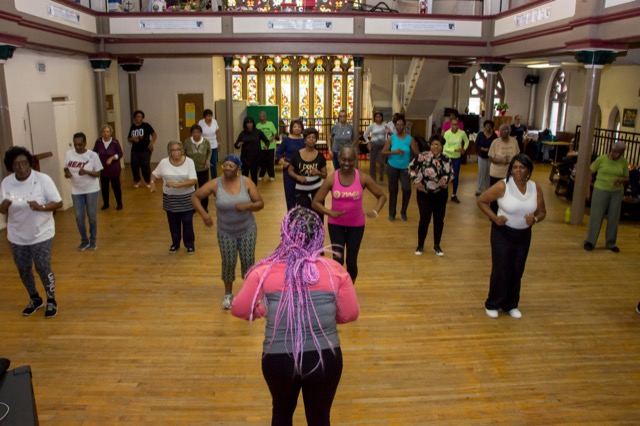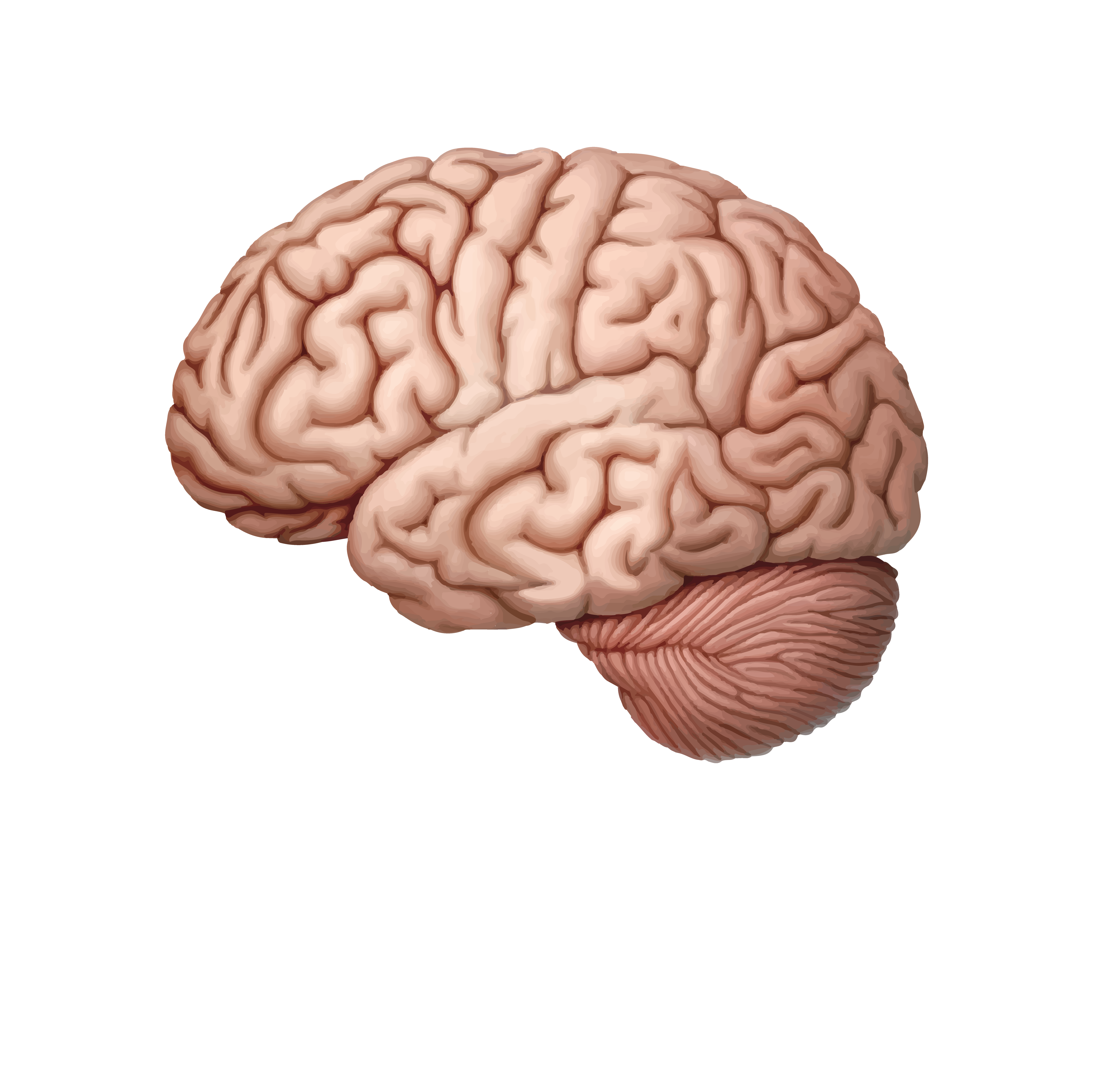How Exercise Enhances Aging Brains
How Exercise Enhances Aging Brains
Sedentary, older adults who took aerobic dance classes twice a week showed improvements in brain areas critical for memory and thinking.

Volunteers who participated in pre-pandemic dance classes in Newark, N.J., showed improvements in memory centers in the brain.Credit…Rutgers
Exercise can change how crucial portions of our brain communicate as we age, improving aspects of thinking and remembering, according to a fascinating new study of aging brains and aerobic workouts. The study, which involved older African-Americans, finds that unconnected portions of the brain’s memory center start interacting in complex and healthier new ways after regular exercise, sharpening memory function.
There have been hints, too, that exercise can alter how far-flung parts of the brain talk among themselves. In a 2016 M.R.I. study,for instance, researchers found that disparate parts of the brain light up at the same time among collegiate runners but less so among sedentary students. This paired brain activity is believed to be a form of communication, allowing parts of the brain to work together and improve thinking skills, despite not sharing a physical connection. In the runners, the synchronized portions related to attention, decision making and working memory, suggesting that running and fitness might have contributed to keener minds.But those students were young and healthy, facing scant imminent threat of memory loss. Little was known yet about whether and how exercise might alter the communications systems of creakier, older brains and what effects, if any, the rewiring would have on thinking.
Some then started working out, while others opted to be a sedentary control group. All shared similar fitness and memory function at the start. The exercise group attended hourlong aerobic dance classes twice a week at a church or community center for 20 weeks.Now, Dr. Gluck and his research associate Neha Sinha, along with other colleagues, invited 34 of those volunteers who had completed an earlier brain scan to return for another. Seventeen of them had been exercising in the meantime; the rest had not. The groups also repeated the cognitive tests.
Then the scientists started comparing and quickly noticed subtle differences in how the exercisers’ brains operated. Their scans showed more-synchronized activity throughout their medial temporal lobes than among the sedentary group, and this activity was more dynamic. Portions of the exercisers’ lobes would light up together and then, within seconds, realign and light up with other sections of the lobe. Such promiscuous synchronizing indicates a kind of youthful flexibility in the brain, Dr. Gluck says, as if the circuits were smoothly trading dance partners at a ball. The exercisers’ brains would “flexibly rearrange their connections,” he says, in a way that the sedentary group’s brains could not.
Just as important, those changes played out in people’s thinking and memories. The exercisers performed better than before on a test of their ability to learn and retain information and apply it logically in new situations. This kind of agile thinking involves the medial temporal lobe, Dr. Gluck says, and tends to decline with age. But the older exercisers scored higher than at the start, and those whose brains displayed the most new interconnections now outperformed the rest.
